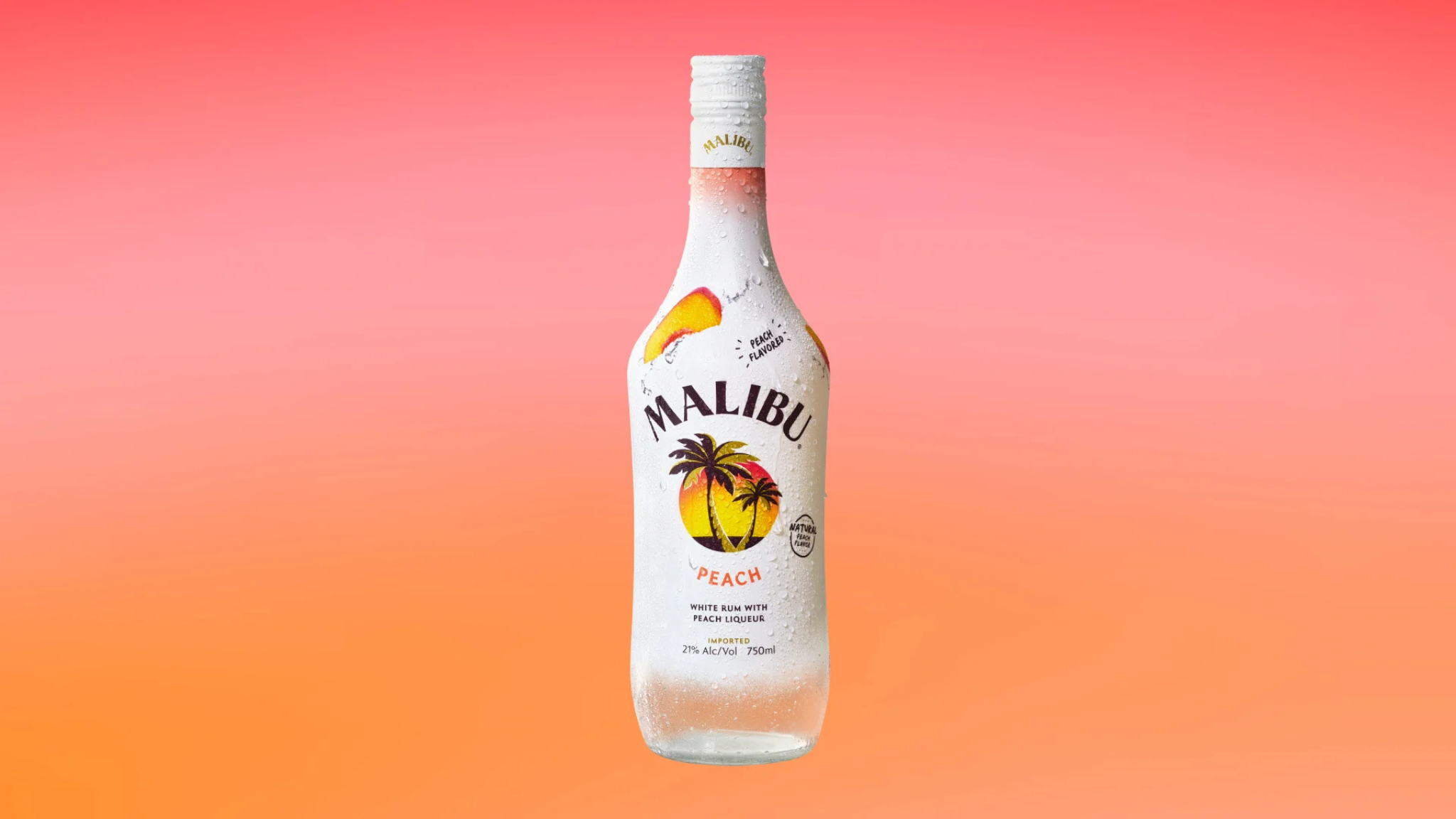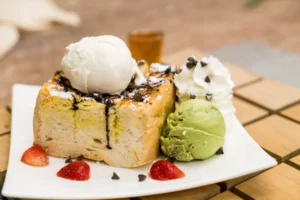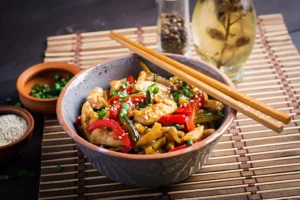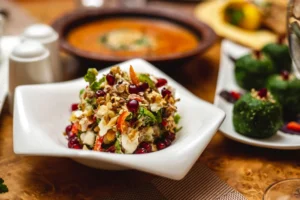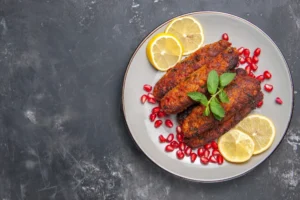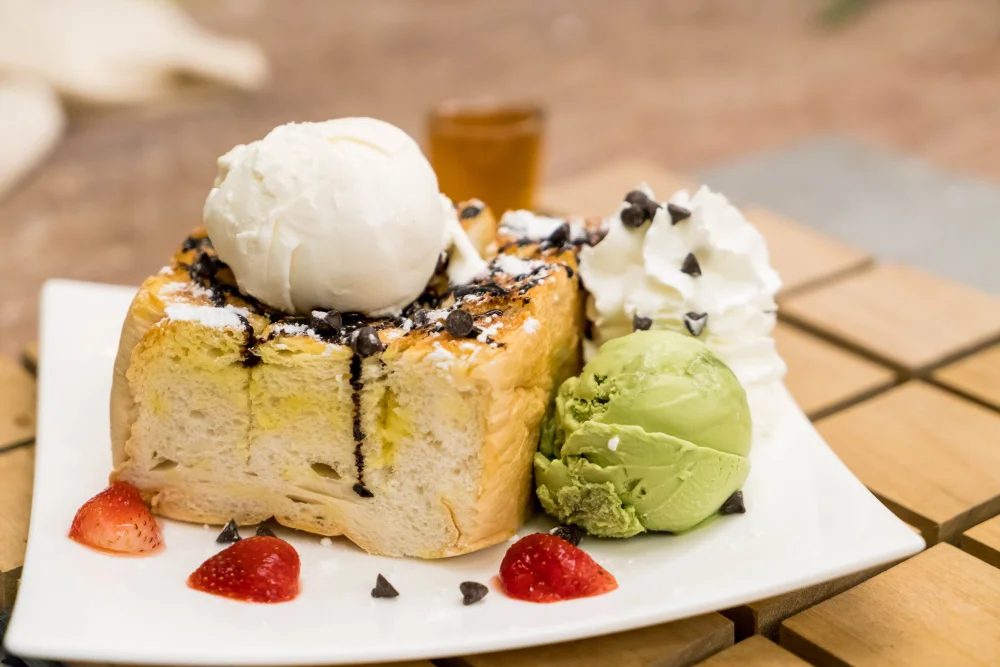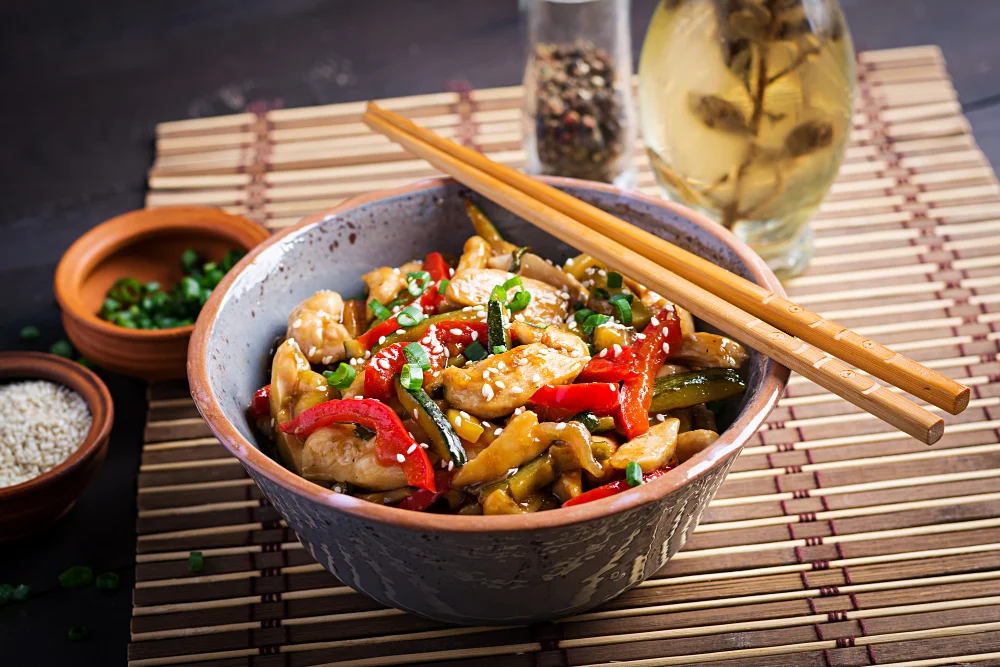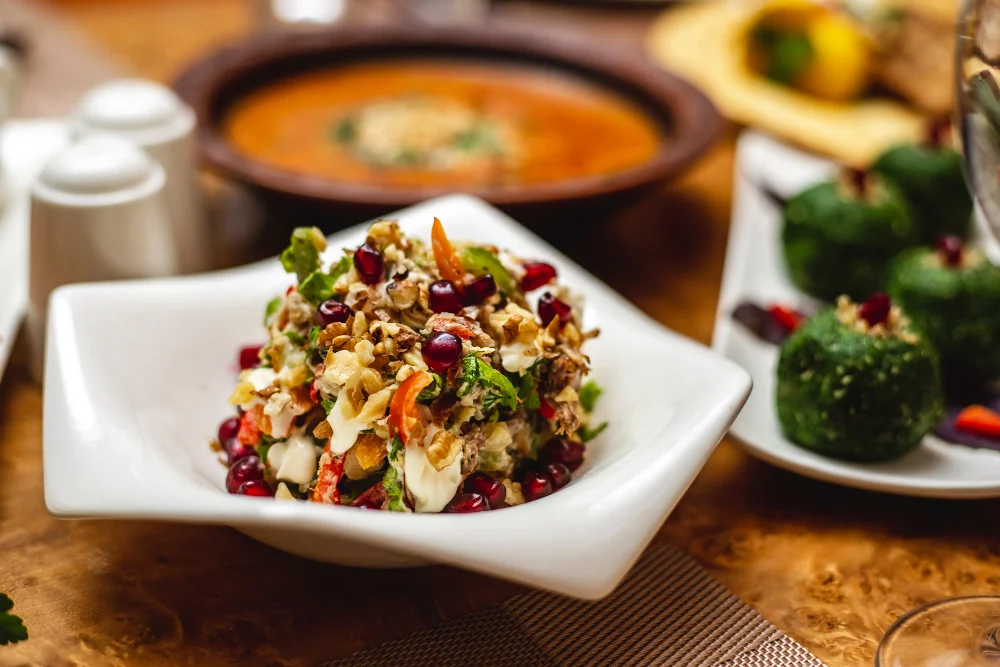Flavor Malibu — that iconic white bottle of Malibu stands proudly behind bars everywhere. The creators developed this coconut-flavored spirit to help bartenders mix piña coladas more efficiently.
Originally introduced in 1978, Malibu has earned its place among the world’s most recognized spirits.
Most people might be surprised to learn that Malibu doesn’t qualify as a traditional rum. Its sweet profile and 21% alcohol content place it closer to a liqueur’s classification.
The brand’s success has led to an impressive expansion beyond its coconut roots. Today, Malibu offers tropical fruit varieties like banana, pineapple, and passion fruit. They even produce stronger options like Malibu Black at 35% ABV.
Let’s explore this Caribbean spirit’s fascinating story and discover the unique characteristics that make it special. You might be amazed to learn what’s actually in your glass.
The Real Story Behind Malibu Rum
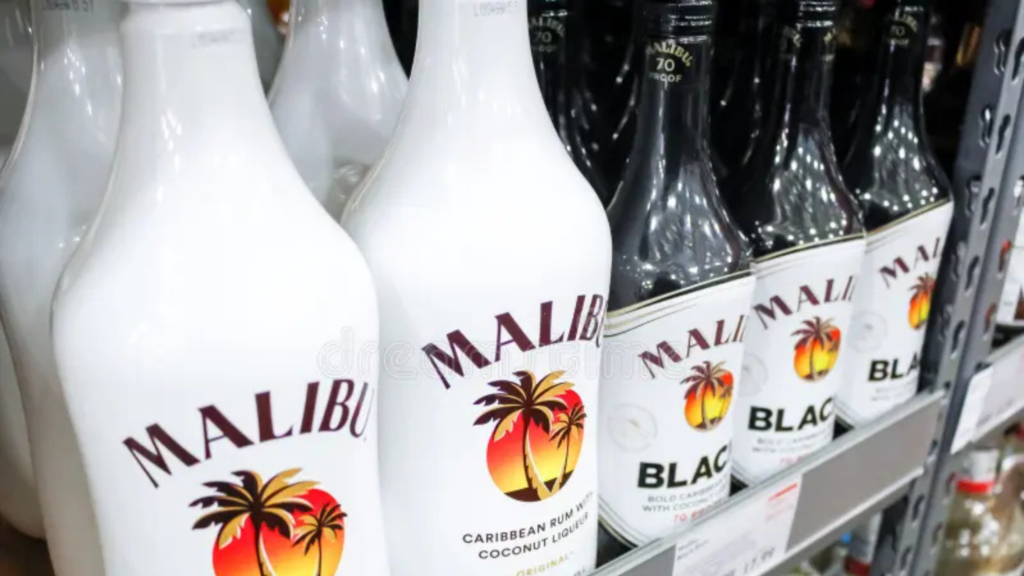
Tom Jago, a spirits industry innovator at International Distillers & Vintners, brought Malibu to life in 1978.
From Curaçao to Barbados: A Trip
The original Malibu went by a different name – Coco Rico. We produced this unique blend of fruit spirits, rum, and coconut flavoring in Curaçao.
The brand’s soaring win led to a new home in Barbados, where the West Indies Rum Distillery Ltd. took over production. This change boosted both ingredient quality and production standards.
Flavor Malibu: Why It’s Actually a Liqueur
Many people think of Malibu as rum, but it’s really a liqueur. The spirit combines white rum with natural coconut extracts and sugar.
The base spirit comes from molasses, a sweet syrup that emerges during sugarcane refinement. Farming communities in the Philippines supply the coconut flavoring that creates Malibu’s distinctive taste.
There’s another reason it falls under the liqueur category. The spirit has [21% ABV](https://kids.kiddle.co/Malibu_(rum) (42 proof).
It also lines up with what makes a liqueur – a high-alcohol, high-sugar drink that’s flavored with fruits or other natural ingredients. Pernod Ricard markets Malibu as a “flavored rum” where laws allow it, but they list it under their Liqueurs section.
Understanding Malibu’s Alcohol Content
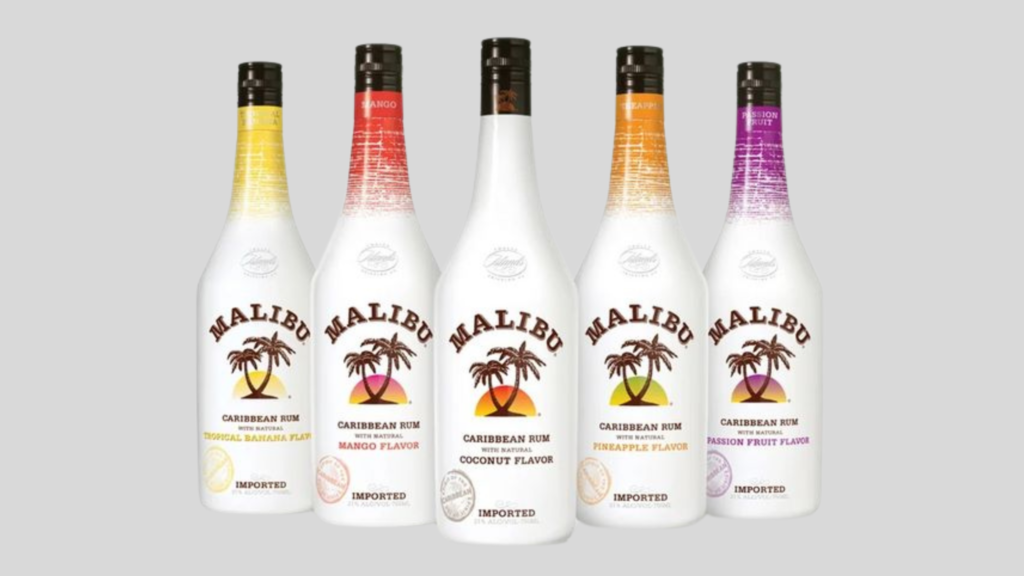
Let’s head over to the numbers behind Malibu’s unique formulation. The distinctive white bottle has more surprises than just its tropical taste.
Flavor Malibu: The 21% ABV Truth
Malibu contains 21% alcohol by volume (42 proof). This specific alcohol content isn’t random – it’s carefully calculated.
The percentage stays consistent across most Malibu varieties in the United States, though some countries might see variations between 18% and 24% ABV.
How It Compares to Regular Rum
Standard rum needs at least 40% ABV to earn its classification. This puts Malibu’s lower alcohol content firmly in the liqueur category.
Traditional spirits like Bacardi maintain 40% ABV, making them almost twice as strong as Malibu. These differences impact everything from taste to serving sizes.
Flavor Malibu: Why the Lower Percentage Matters
We calculated the 21% formulation based on U.S. tax structures – crossing this threshold would trigger much higher taxes. This smart decision had another benefit: TV advertising was allowed for liqueurs but not for hard spirits.
The lower alcohol content affects serving sizes too. A standard 1.5-ounce pour works for 40% ABV spirits, but Malibu’s recommended serving size is about 2.5 ounces to get the same alcohol content. This difference is important for:
- Cocktail creation and recipe balance
- Responsible consumption guidelines
- Overall drink potency when mixing
Malibu’s moderate alcohol content makes it perfect for daytime occasions. It’s a gentler option compared to full-strength spirits. This feature has helped establish it as a versatile ingredient in tropical cocktails rather than a traditional sipper.
Breaking Down Malibu Flavors
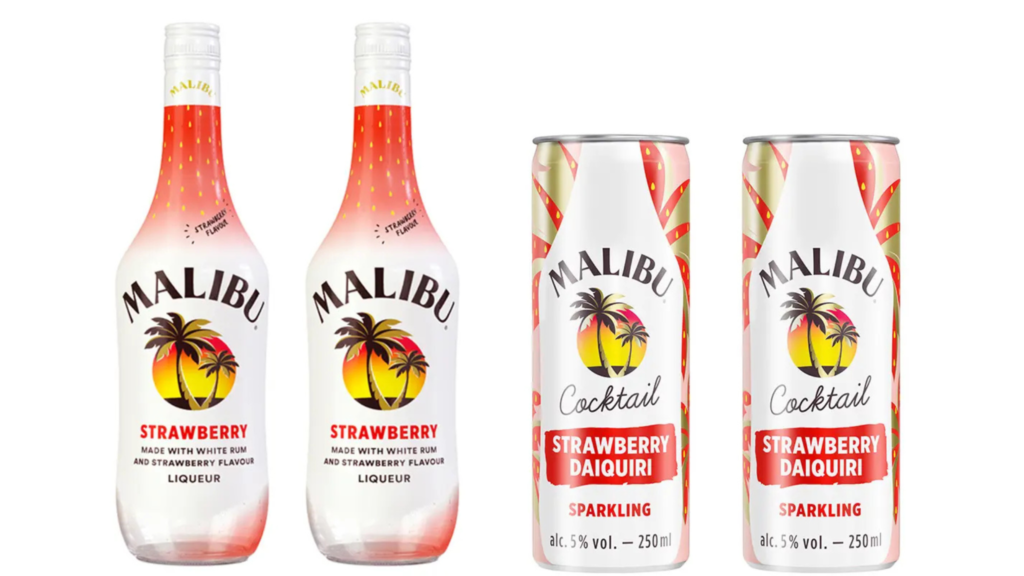
Malibu’s flavor portfolio has grown a lot since it first launched, starting with its signature coconut essence and expanding into various tropical flavors.
Flavor Malibu: Original Coconut Profile
Malibu Original welcomes you with fresh coconut aromas and subtle vanilla notes. The creamy yet light profile creates a smooth, refreshing taste that has become the foundation of countless tropical cocktails.
We designed the original coconut flavor for mixing, and it gives you a delightfully sweet experience without overwhelming your palate.
Tropical Fruit Variations
Malibu now offers an impressive collection of tropical flavors that capture summer’s essence:
- Fruity Favorites: Strawberry, Watermelon, and Pineapple offer refreshing sweetness
- Exotic Blends: Passion Fruit and Mango provide vibrant tropical notes
- Seasonal Selections: Peach brings a unique twist to the traditional lineup
The Malibu Black Difference
Malibu Black stands out as the brand’s bold step forward with a darker, richer taste profile at 35% ABV. This premium variant blends the signature coconut flavor with higher proof and less sweetness.
You’ll taste unmistakable tropical notes of cinnamon, vanilla, and caramel that create a more complex drinking experience. Rum purists especially appreciate its darker color and deeper flavor profile, which stays true to the brand’s tropical roots while delivering a stronger character.
The finish tastes satisfying without being overly sweet. You can enjoy it straight or mix it in cocktails. Malibu Black’s strong proof and sophisticated profile make it perfect for anyone wanting a bolder taste of the Caribbean.
Common Malibu Myths Debunked
People believe many myths about this coconut-flavored spirit. Let’s separate fact from fiction.
Is It Real Rum?
The biggest misconception about Malibu relates to how we should classify it. We based this confusion on legal requirements – authentic rum must contain at least 40% ABV. In spite of that, Malibu contains just 21% ABV, which makes it a liqueur.
The difference isn’t just about numbers. The brand markets itself as a “flavored rum” where laws allow it. This classification changes based on local rules and regulations.
The base spirit starts as Caribbean rum from the West Indies Rum Distillery in Barbados. The addition of coconut flavoring and sweeteners creates something unique from traditional rum.
Flavor Malibu: The Coconut Source Story
The coconuts that give Malibu its signature taste come from farming communities in the Philippines. Many people find this surprising since they think the coconuts come from the Caribbean because of the brand’s ties to the region.
The company builds strong strategic collaborations with Philippine farming communities. They focus on environmentally responsible farming methods.
Their steadfast dedication extends beyond just buying ingredients. It shows their commitment to the brand’s future and the farmers’ livelihoods.
The bond between Malibu and these farming communities tells a deeper story behind the familiar white bottle. The rum base comes from Barbados, and the authentic coconut flavoring takes a longer experience to create the final product.
This worldwide sourcing approach will give consistent quality and taste. That’s why Malibu remains a favorite in bars across the globe.
Conclusion
Malibu showcases how breakthroughs can transform traditional spirits. This beloved coconut-flavored drink markets itself as rum but actually belongs to the liqueur family. Its sweet flavor profile and carefully calculated 21% ABV content make it distinct.
The brand’s trip from Curaçao to Barbados tells an interesting story. Malibu’s strategic alcohol content and global ingredient sourcing have secured its place behind bars worldwide.
The drink’s progress from a simple piña colada ingredient is remarkable. Now it features various tropical flavors, including the bolder Malibu Black, which shows how well it adapts to changing consumer tastes.
These details help us understand what we’re really drinking. Malibu creates something special by breaking from tradition. This sweet, coconut-infused creation shines whether you mix it in tropical cocktails or enjoy it on the rocks.

